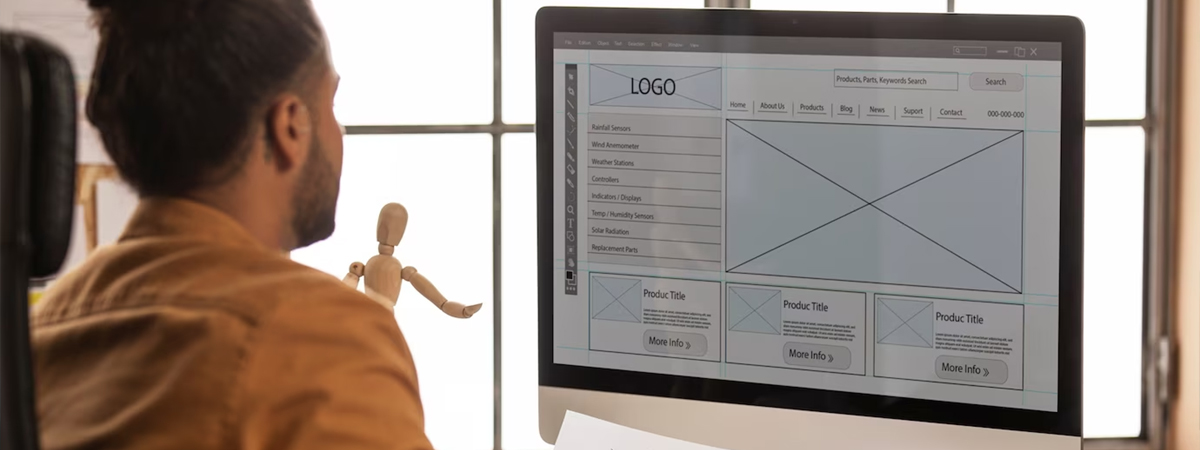Explaining design decisions is not just a supplementary aspect of the creative process; it's a critical component that significantly enhances the effectiveness and impact of design work. This article delves into why articulating the reasoning behind design choices is pivotal in the realm of branding and why you should consider this in the process.

Clarity Builds Trust
Solid Client-Designer Relationship
When designers clearly explain their decisions, it builds a solid foundation of trust with clients. This transparency shows that every element in the design has a purpose and meaning.
Cohesive Team Dynamics
Within teams, this openness promotes a culture of trust and respect. Team members feel more valued when they understand the reasoning behind decisions, leading to a more harmonious and effective collaboration.
Aligning Objectives for Better Outcomes
Understanding the Vision
Clear explanations help ensure that everyone involved in the project, from designers to stakeholders, is aligned with the overall vision and goals.
Efficiency in Execution
When objectives are aligned, it minimizes the risk of misinterpretation or the need for extensive revisions, leading to a more efficient and streamlined workflow.

Enhancing Collaboration and Innovation
Encouraging Participation
Explaining design decisions creates a platform for open discussion, encouraging team members to share their ideas and insights, which can lead to innovative solutions.
Diverse Perspectives
This inclusivity in the decision-making process brings in diverse perspectives, enriching the design and making it more robust and well-rounded.

Focusing on User Experience
Meeting User Needs
By focusing on how each design decision benefits the end user, designers ensure that their work is not just aesthetically pleasing but also functional and user-friendly.
Enhancing User Engagement
Designs that are rooted in user needs and preferences are more likely to resonate with the audience, leading to higher engagement and satisfaction.

Facilitating Feedback and Continuous Improvement
Constructive Criticism
An environment where design decisions are openly discussed invites constructive feedback, allowing for continuous improvement and adaptation.
Learning and Growth
This feedback mechanism is also a learning opportunity, helping designers refine their skills and approach to design challenges.
Building Confidence and Expertise
Demonstrating Expertise
By articulating the rationale behind their choices, designers showcase their expertise and deep understanding of design principles.
Reassuring Stakeholders
This educates clients and stakeholders and reassures them of the designer's capability and professionalism in handling the project properly.

Elevating Design Strategies
Holistic Approach
Explaining design decisions shifts the focus from purely aesthetic considerations to a more holistic approach that includes functionality, user experience, and business objectives.
Cultivating a Culture of Communication
It encourages a culture where communication is as valued as the visual aspect of design, leading to more thoughtful, effective, and impactful design outcomes.
The practice of explaining design decisions plays a transformative role in the creative process. It elevates the process from simply creating visually appealing designs to producing purposeful, effective, and impactful works.
This approach underscores the importance of communication and clarity in the creative process, proving that great design is as much about articulating ideas as it is about visual creativity.
Visit us at https://myarmi.ai/ to learn more about the creative process and how ARMI can help optimize your brand’s digital presence.
Learn more about navigating the marketplace and how ARMI can help optimize your brand’s digital presence
Talk to us
